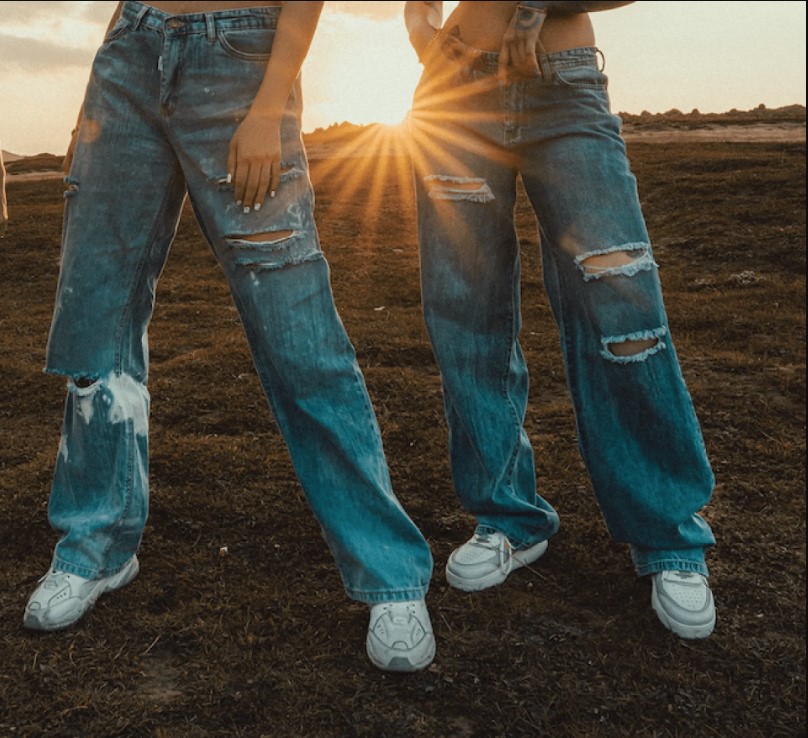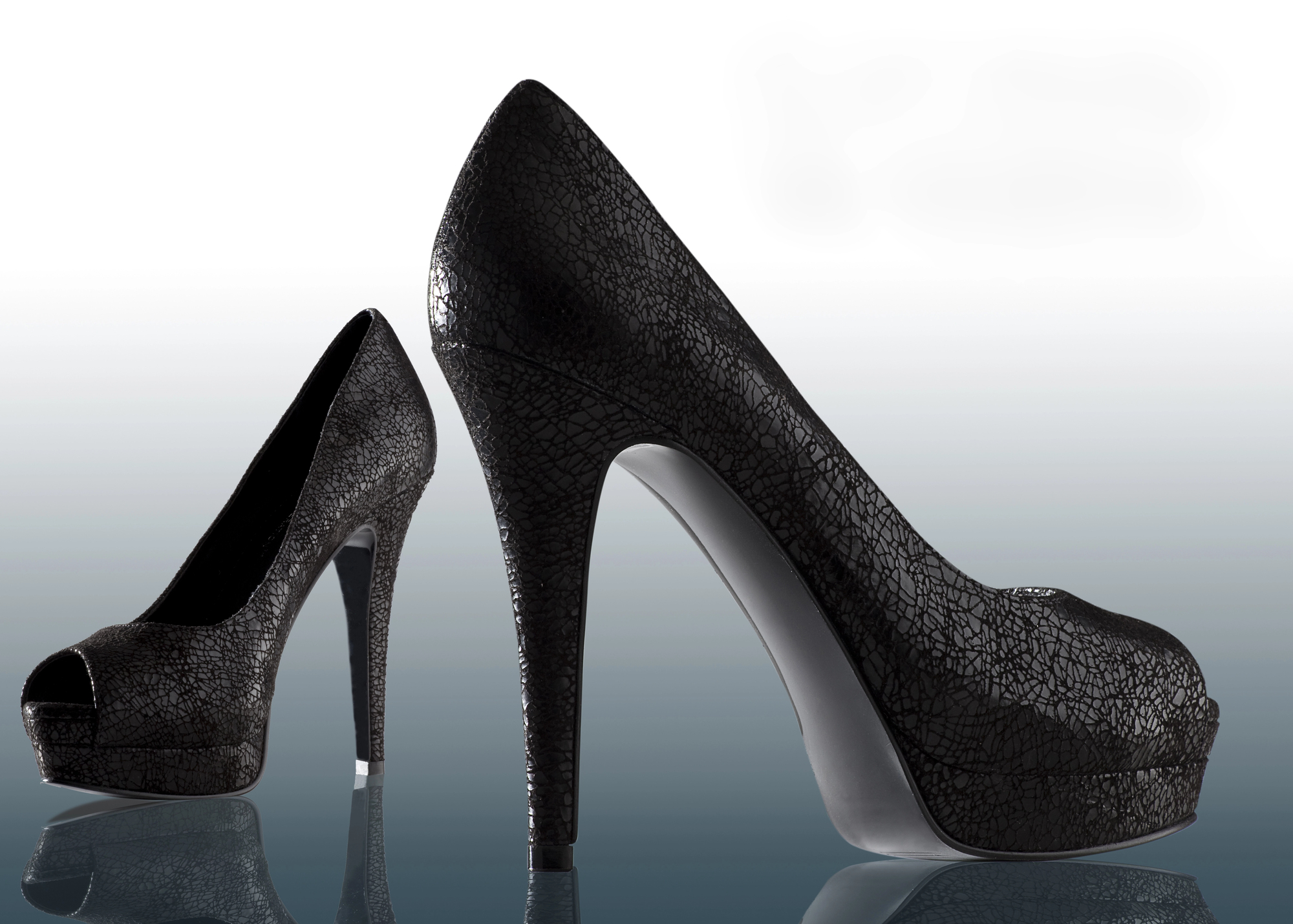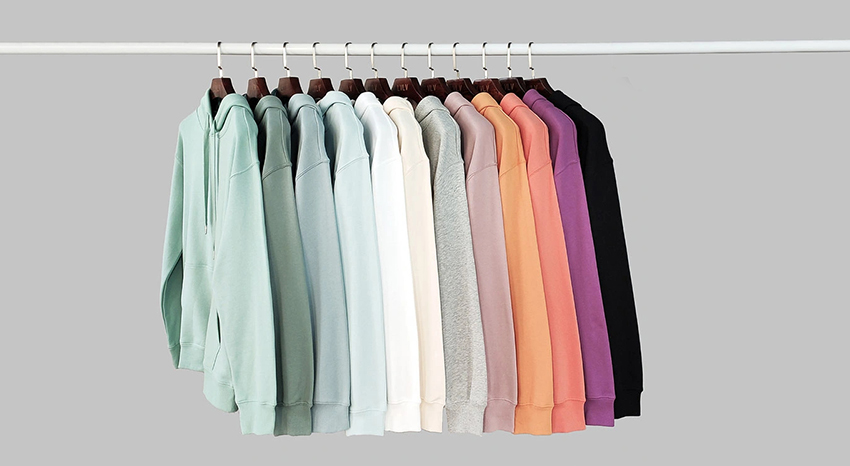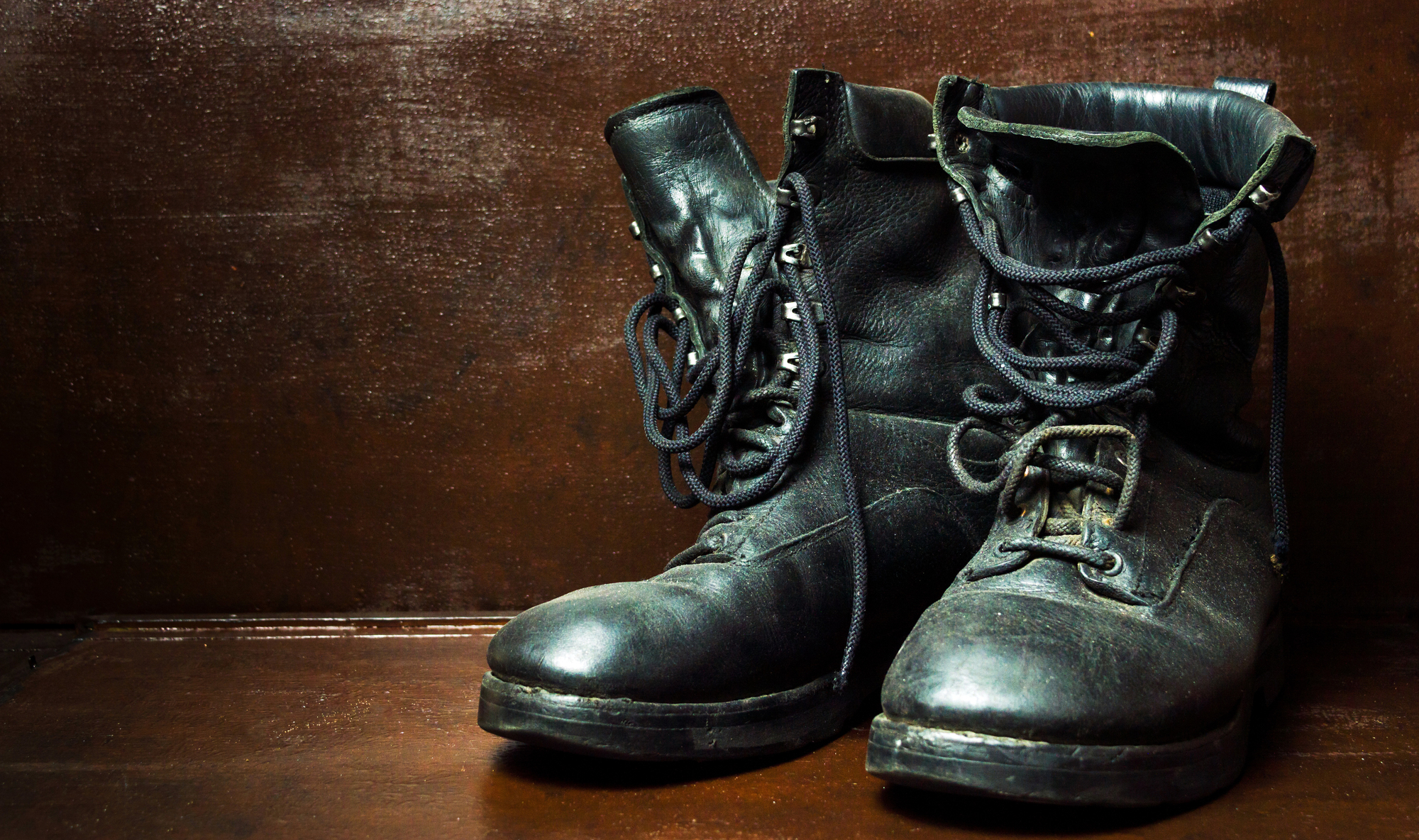20 Ironic Fashion Trends and Their Surprising Origins
In an age where fast fashion algorithms predict the next season’s trends before we even know we want them, it’s fascinating to look back at how some of our most iconic styles started. What we wear often begins as something completely different from how it ends up – sometimes hilariously so.
Let’s explore some fashion trends whose origins would surprise (and possibly amuse) their current wearers. These aren’t just style choices; they’re examples of how clothes can completely transform their meaning over time.
Distressed Jeans
Those carefully ripped jeans that can cost hundreds of dollars? They started with actual miners and laborers whose jeans wore out from hard work. The tears and patches were badges of poverty, not fashion statements.
The transformation began in the 1960s when counterculture movements adopted worn jeans as a rebellion against consumerism. By the 1970s, people were intentionally distressing their jeans, leading to the 1980s when manufacturers started doing it for them. Today, artisans use lasers and specialized tools to create “authentic” wear patterns that would make actual miners scratch their heads. Some premium distressed jeans cost more than what a 19th-century miner made in six months.
High Heels
Originally designed for Persian cavalry soldiers in the 10th century, high heels helped riders stay in their stirrups while shooting arrows. Women didn’t wear them until men made them fashionable in European courts.
Louis XIV, standing at 5’4″, was particularly fond of high heels and made them a status symbol among the French nobility. The higher and more impractical the heel, the more obvious it was that the wearer didn’t need to work. When the French Revolution came along, heels fell out of favor for men due to their association with aristocratic excess. Women continued wearing them, gradually transforming them from a symbol of masculine power to a feminine fashion statement.
Like Go2Tutors’s content? Follow us on MSN.
Hoodies
Champion Products created the humble hoodie in the 1930s to help warehouse workers in upstate New York stay warm. It was purely practical workwear until athletes adopted it for warming up between training sessions.
By the 1970s, hip-hop culture embraced the hoodie, followed by skateboarders and Silicon Valley tech bros. Today, designer hoodies can cost thousands of dollars, and fashion houses like Gucci and Balenciaga regularly feature them in high-end collections. The irony? Many stores still ban people from wearing hoodies due to their perceived association with crime while simultaneously selling premium versions of the same garment.
Leopard Print
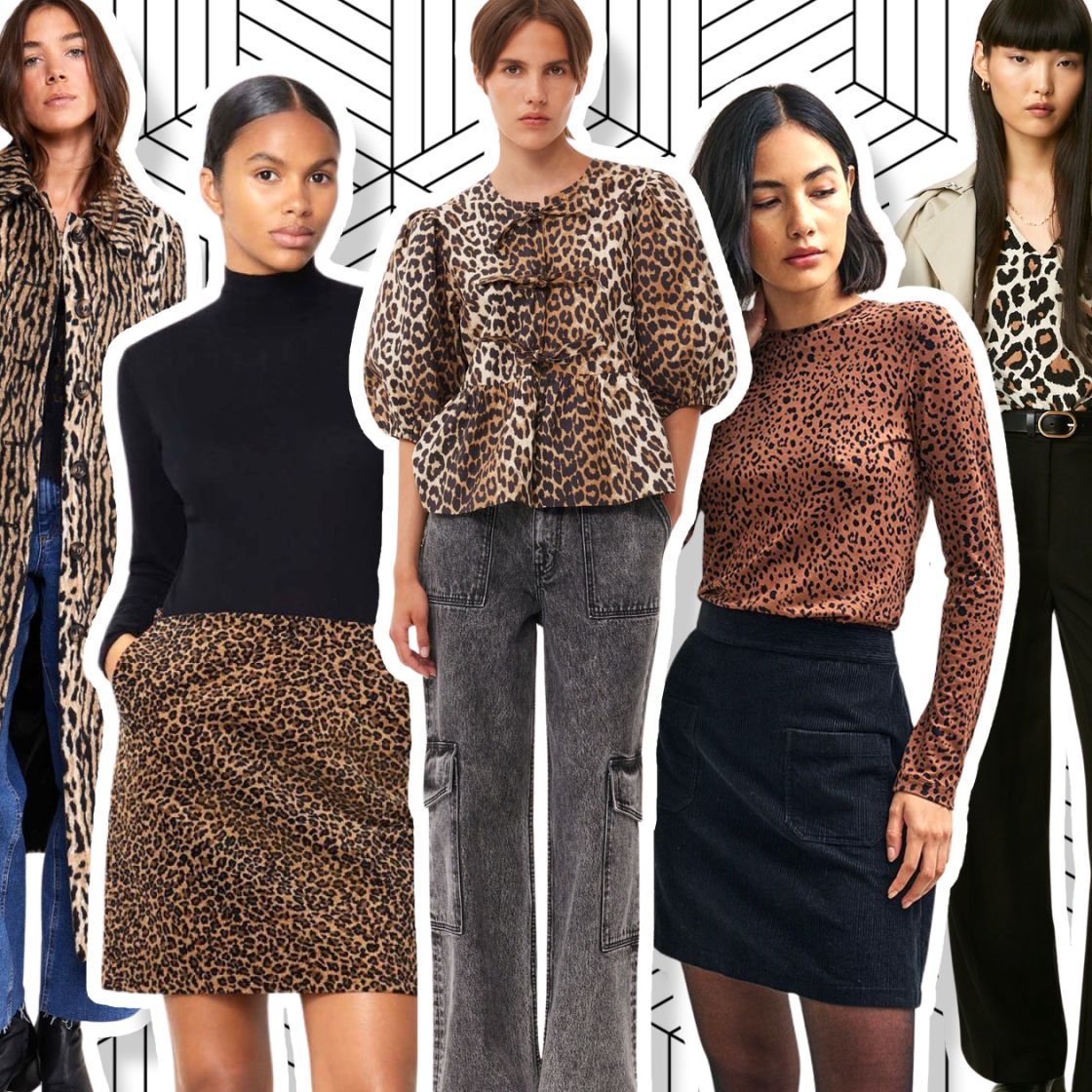
Before it became a fashion statement, leopard print was worn by actual hunters to show their prowess – wearing the real skin of a leopard they’d killed. Strangely, today’s animal print lovers are often passionate animal rights advocates.
The print gained popularity in the 1920s through Hollywood starlets, became associated with pin-up culture in the 1950s, and was embraced by punk rockers in the 1970s. Now it’s considered a neutral by many fashion editors, despite being one of the most eye-catching patterns available. The ultimate irony might be that faux leopard print is now often more expensive than real fur.
Combat Boots
Originally designed for soldiers trudging through muddy trenches, combat boots became a symbol of rebellion and anti-war protests. Today, luxury brands sell combat-style boots that cost more than a soldier’s monthly salary.
Doc Martens, perhaps the most famous example, was created as comfortable work boots for a German doctor. They were adopted by British skinheads, punks, and eventually mainstream fashion. Now, “combat-style” boots are more likely to battle puddles in fashion districts than to see actual combat, and some high-end versions come with explicit warnings not to wear them in rough conditions.
Like Go2Tutors’s content? Follow us on MSN.
Hawaiian Shirts
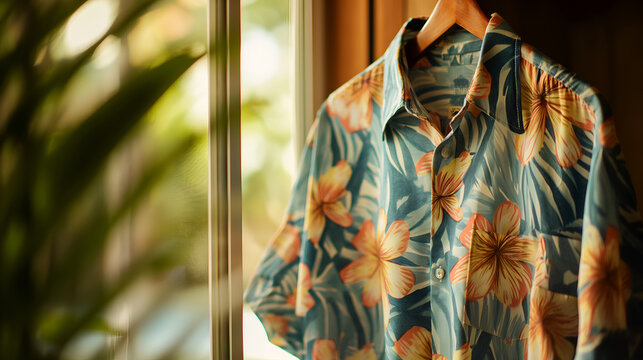
These colorful shirts weren’t created in Hawaii at all – they were made by Chinese merchants in Hawaii using Japanese kimono fabric to sell to mainland Americans. The ultimate tourist garment was never a traditional Hawaiian dress.
Originally called “Aloha shirts,” they were worn by Hawaiian locals in the 1920s and 1930s as business attire. After WWII, returning soldiers popularized them in the mainland USA. Today, they’re often worn ironically or as a symbol of relaxation by people who’ve never set foot on a Hawaiian beach. Some high-end designers now produce “authentic” Hawaiian shirts that cost more than a round-trip ticket to Honolulu.
Camouflage Print
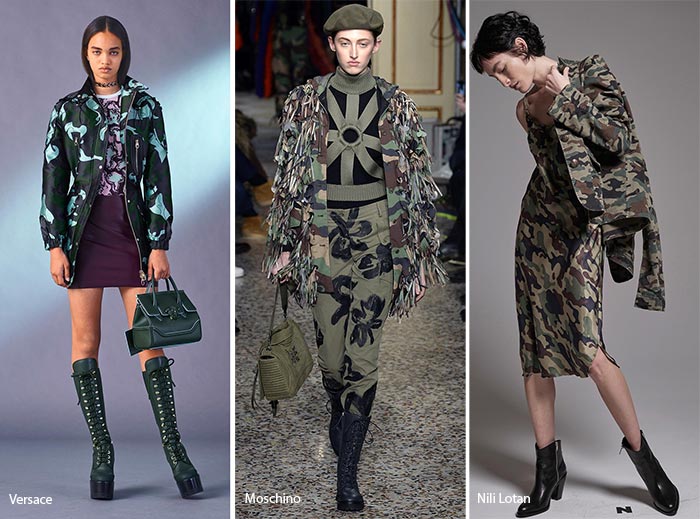
Originally designed to help soldiers blend in, camo print is now often worn by people trying to stand out. The pattern that was meant to conceal has become one of the most recognizable prints in fashion.
Military camouflage was first developed by artists and naturalists studying animal coloration. When it entered fashion in the 1960s, it was often as an anti-war statement. Now, it appears on everything from luxury handbags to baby clothes, usually in colors that would get you spotted from a mile away. Some fashion camo patterns are even trademarked – defeating the original purpose of blending in.
Bomber Jackets

Created for pilots flying in unheated cockpits at high altitudes during WWI, bomber jackets are now more likely to be worn by people whose closest encounter with aviation is economy class.
The MA-1 bomber jacket was designed with a bright orange lining so downed pilots could be spotted when wearing it inside out. Today, many fashion versions include this feature purely for style, and some designer versions cost more than pilot training. The ultimate irony? Many are too delicate to wear in actual flight conditions.
Like Go2Tutors’s content? Follow us on MSN.
Corsets
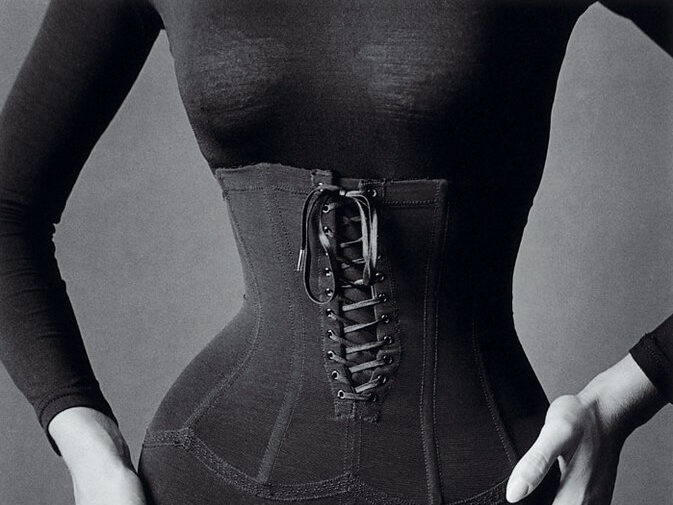
Originally, male military wear was designed to improve posture while riding horses, but corsets became a symbol of female oppression before being reclaimed as a symbol of female empowerment.
Modern “waist trainers” and fashion corsets often claim to be based on historical designs while having little in common with their ancestors. Some contemporary corsets are designed to look uncomfortable while being quite wearable – the opposite of their historical counterparts, which were designed to look natural while being quite restrictive.
Sailor Stripes
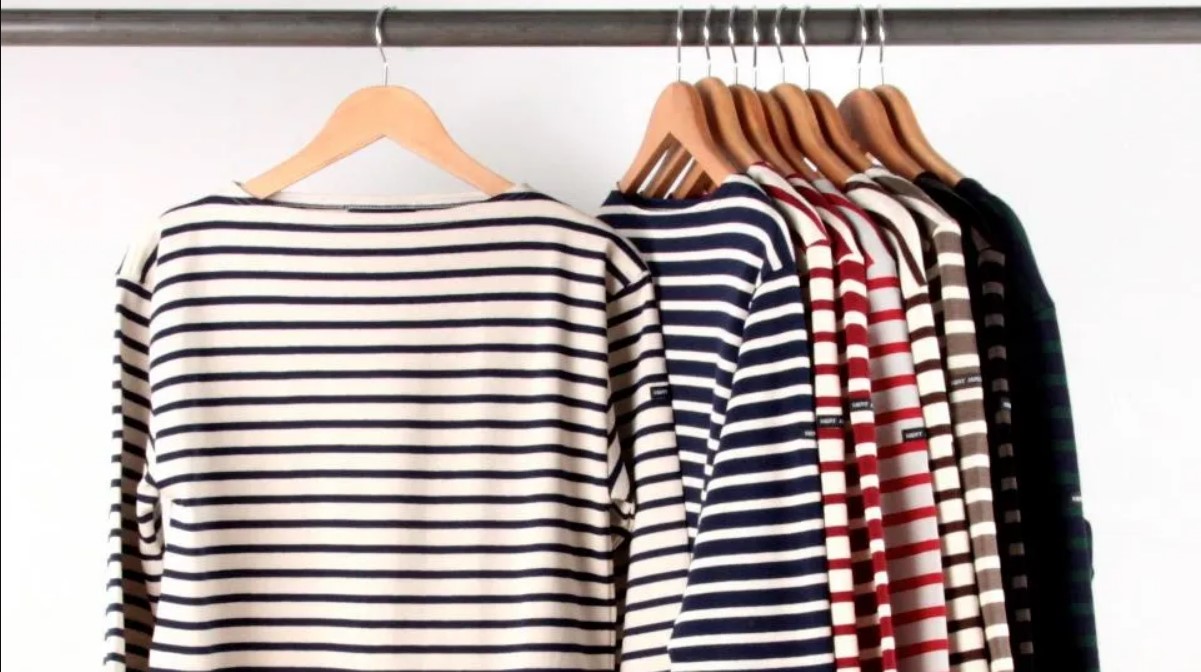
The Breton stripe shirt was designed to help spot French sailors who fell overboard. It became a fashion staple thanks to Coco Chanel, who’d never worked on a boat in her life.
The original design had exactly 21 stripes, one for each of Napoleon’s victories. Today’s versions vary wildly in stripe count and width, and many are too delicate to withstand actual marine conditions. Some luxury versions cost more than a sailor’s monthly wage despite being less durable than the original naval uniform pieces.
Bandanas

Originally practical workwear for miners and cowboys to wipe sweat and filter dust, bandanas became fashion accessories that rarely saw actual work conditions.
The paisley pattern commonly found on bandanas was originally a Hindu and Persian symbol of life and eternity. Today, some designer bandanas cost more than a day’s wage for the workers who originally used them, and many are made of materials too delicate for actual work use.
Platform Shoes

Created in ancient Greece for actors to appear taller on stage, platforms were later adopted by Venetian noblewomen to stay above the city’s flooded streets. Now, they’re worn for style rather than practicality.
During the 1970s, platforms became symbols of disco culture and gender nonconformity. Today, some designer platforms are so high that wearers need to be carried upstairs – rather than defeating the original purpose of elevated footwear, which was to improve mobility.
Pocket Watches

Originally a practical way to protect timepieces, the pocket watch chain became a fashion statement long after wristwatches made them obsolete. They are often worn purely for show, attached to nothing.
The watch chain’s practical purpose was to prevent theft and dropping, yet modern fashion versions often can’t bear the weight of an actual watch. Some designers sell decorative chains with fake watches attached – the ultimate irony for a piece originally designed for practical timekeeping.
Cargo Pants
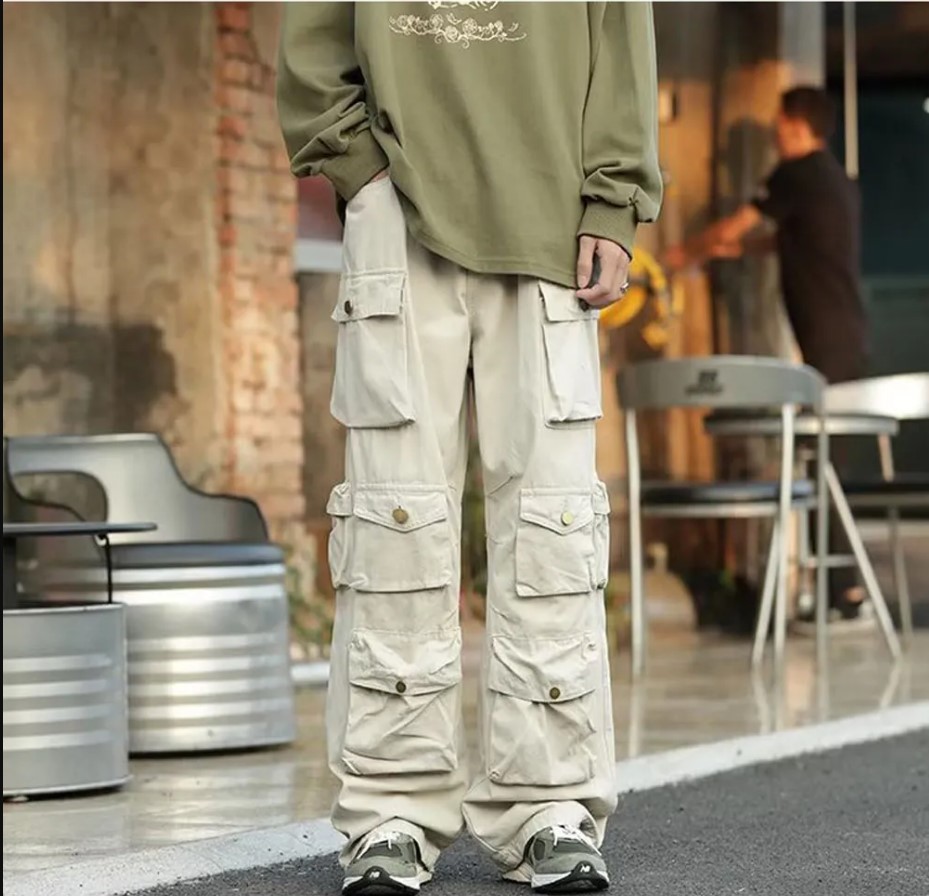
Designed for British military personnel to carry ammunition and supplies in battle, cargo pants are now often worn by people whose most dangerous mission is brunch.
The multiple pockets were specifically sized for military equipment, yet fashion versions often have pockets too small or delicate to be practical. Some high-end cargo pants even come with sealed pockets – completely defeating their original purpose.
Berets
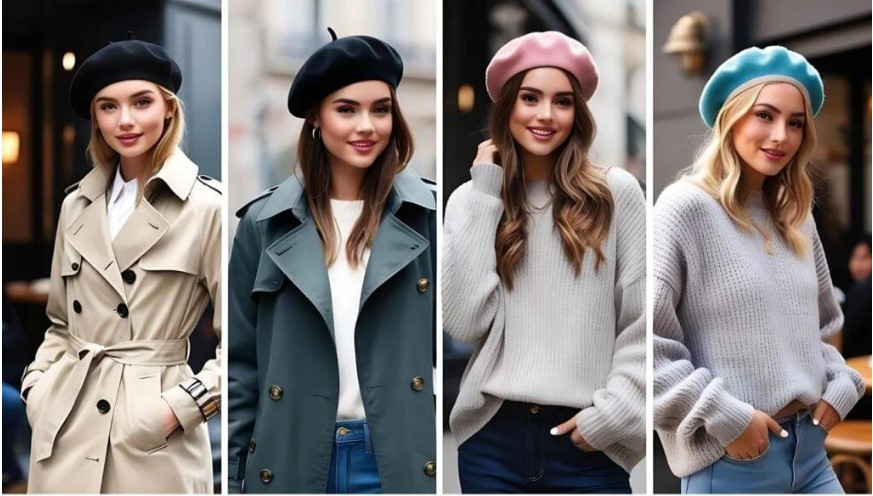
Before becoming a symbol of artistic sophistication, berets were practical headwear for French and Spanish peasants. The same hat worn by shepherds became associated with revolutionary intellectuals and artists.
Military units later adopted them, adding to their mystique. Today, fashion berets often cost more than a French shepherd would have earned in a month, and many are too delicate to provide the weather protection that made the original versions practical.
Safety Pins as Decoration
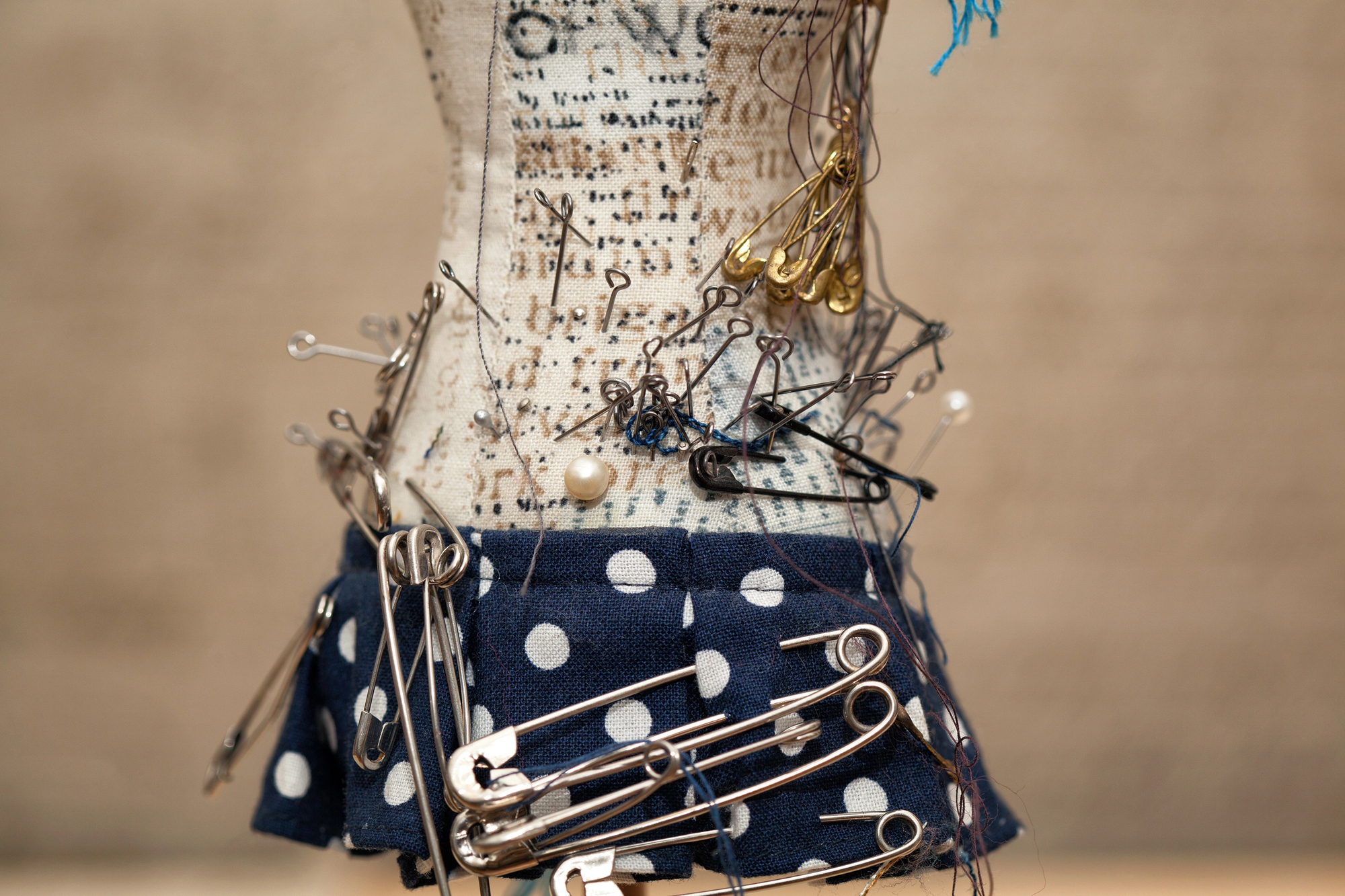
Started by the punk movement as a necessity for holding damaged clothes together, decorative safety pins now appear on designer garments that cost thousands of dollars.
The irony is particularly sharp when luxury brands sell pre-pinned garments that would have horrified original punk rockers. Some designer “safety” pins are permanent decorations that can’t be used for their intended purpose of temporarily fastening fabric.
Workwear as Fashion
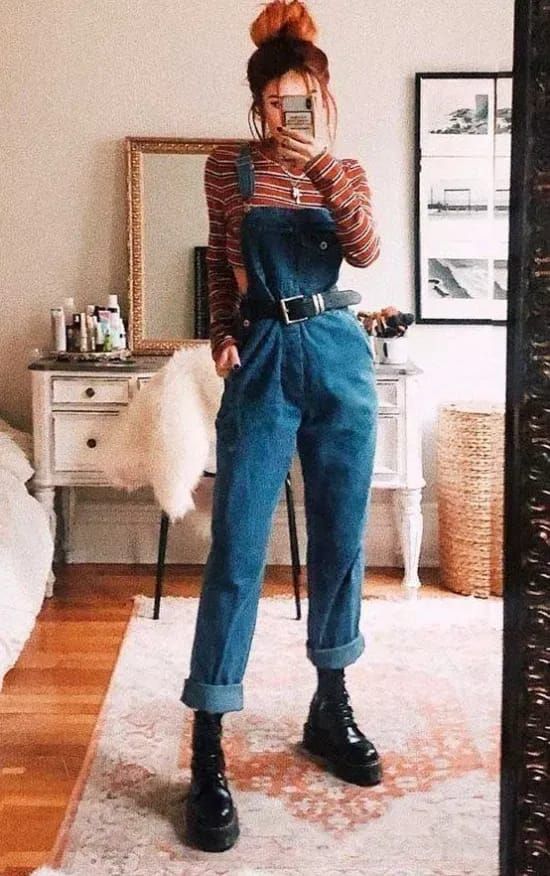
Carhartt jackets, originally made for railroad workers, are now runway staples. The same goes for overalls, work boots, and other items designed for manual labor.
The irony peaks when these items are produced in “distressed” versions that simulate wear from work that was never done, often costing many times more than their practical counterparts. Some fashionable workwear even comes with warnings not to use it for actual work.
Slouchy Beanies

Originally designed to keep workers warm, the slouchy beanie became a fashion statement that often provides minimal actual warmth. Some are even worn in summer as pure fashion accessories.
The style evolved from practical winter wear to a year-round fashion statement, often made with materials chosen for looks rather than warmth. Some designer versions cost more than a week’s wages for the workers who originally wore them for practical purposes.
Suspenders
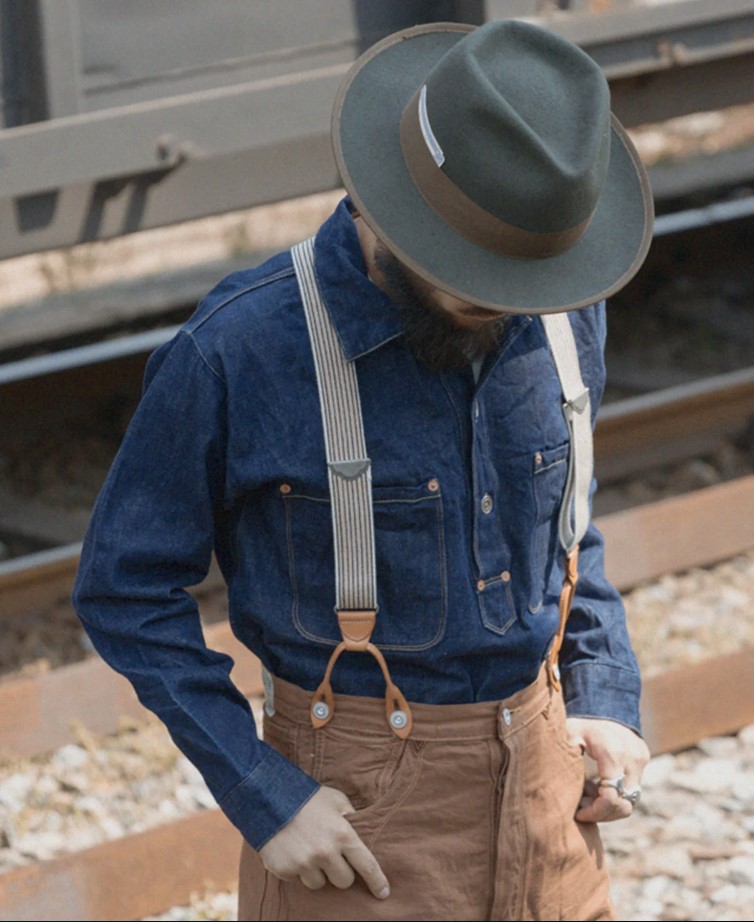
First created as a practical alternative to belts for working men, suspenders became fashion statements often worn and visible despite traditionally being considered underwear.
The transformation from practical necessity to fashion accessory is complete when suspenders are worn with belts – a combination that would have baffled their original wearers. Some fashion suspenders now can’t even support the weight of pants, serving a purely decorative purpose.
Messenger Bags
Originally designed for actual messengers and postal workers to carry letters and packages, these bags are now fashion accessories that often carry nothing heavier than a smartphone.
Some designer versions that can’t withstand the weight of actual messages or packages. Some are made with materials so delicate that the original messengers wouldn’t have gotten through a single day’s work with them.

Beyond the Seams

These fashion ironies remind us that style is fluid, and yesterday’s practicality often becomes tomorrow’s fashion statement. What we wear says a lot about us – sometimes intentionally, sometimes accidentally, and often ironically.
Next time you put on distressed jeans that cost more than actual work pants or a camo print designed to be seen, remember in fashion, everything old becomes new again, just not always in the way anyone expected. The real question is: what practical items of today will become tomorrow’s ironic fashion statements?
More from Go2Tutors!

- Famous Battles: How Much Do You Really Know About U.S. History?
- Top 5 Most Important Skills, According To Harvard Business School
- How Well Do You Know 90s Pop Culture? Take the Quiz
- Master the Art of Public Speaking with These Expert Tips
- Think You Know Capitals? Put Your Knowledge to the Test
Like Go2Tutors’s content? Follow us on MSN.
